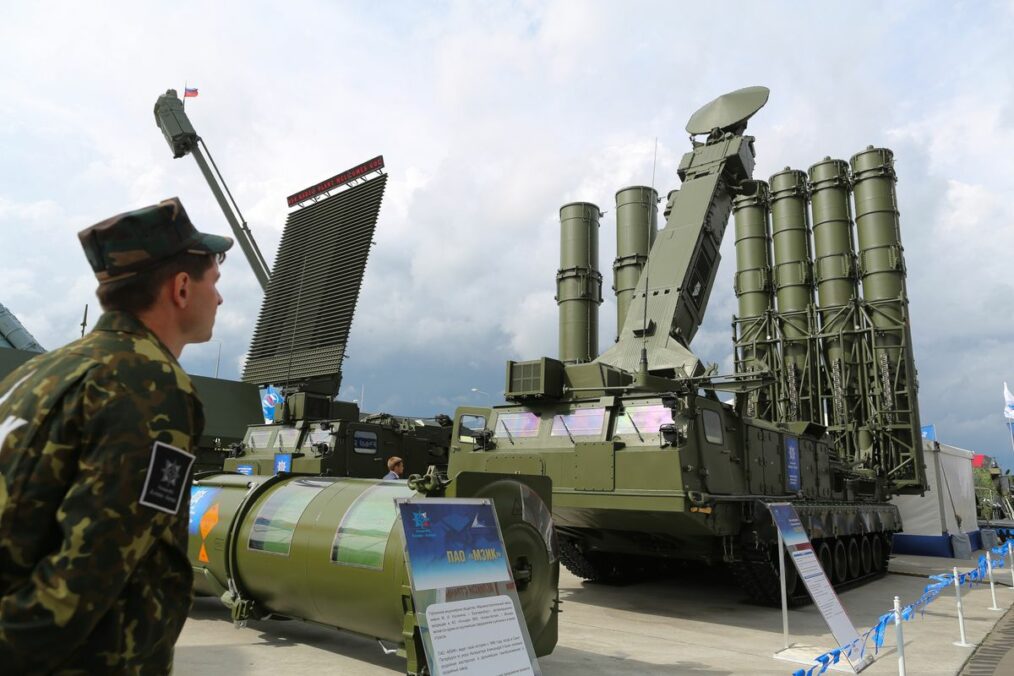
Assad Ascendant: Russia Sells Syria Missile Defense System
On Tuesday, October 2nd Russia’s Defense Minister confirmed delivery of a long-range surface-to-air missile defense system to the Syrian army. Russia has long backed Bashar al-Assad. The delivery of the system comes in response to a recent incident in which the Syrian army accidenally shot down a Russian plane, killing all 15 Russian servicemen on-board.
Russia and Syria noted that the accident was a consequence of Syria’s outdated defense system. The new system would be part of upgraded security measures to improve tracking and reliability.
It will take three months to train the Syrian army to use the equipment, but once trained it will improve its stature domestically as well as regionally. Israel and the US oppose the move. US State Department spokeswoman Heather Nauert called it a, “…serious escalation.”
[pullquote]Israel worries the new system will make it harder for them to fight Iran from Syrian territory.[/pullquote]
Israeli officials expressed concern that the sale would embolden Iran’s movement of arms across Syria. Israel has used Syrian airspace to launch missiles at Iranian entrenchments in Syria as Russia and Syria looked the other way. Israel worries the new system will make it harder for them to fight Iran from Syrian territory.
Tensions between Russia and Israel flared over the shooting incident when Russia initially blamed Israel. With regards to the new missile defense system, Israel argues consistently that providing weapons to irresponsible actors inflames regional chaos. Israel promised to continue thwarting Iranian ambitions in Syria, with stealth fighters that are known to be undetectable.
The loud US and Israeli pronouncements about Syrian missile defense systems notwithstanding, that genie is out of the bottle: the S-300 launchers arrived in Syria already. The mere presence of the system has escalated tensions and shifted power; regional peace looks more distant now.
[pullquote]Despite this development, there are indicators — such as coordinated efforts to fight extremists like ISIS, and recent elections — that provide hope[/pullquote].
Despite this development, there are indicators — such as coordinated efforts to fight extremists like ISIS, and recent elections — that provide hope. Does a tinderbox like Syria need more weapons? What happens to the regional power balance? Does Russia’s gift to Assad provide him with new leverage over Israel? Or, does it impel all actors to act more responsibly in pursuit of peaceful coexistence?
S-300PMU Specifications
Each launcher vehicle carries four missile containers (two missiles per target).
A full battalion includes six launcher vehicles with 24 missiles, plus command-and-control and long-range radar detection vehicles
Special feature: Fires two missiles vertically within three seconds, making it versatile and accurate
Capability: Russian 48N6E are the standard missiles fired from S-300PMU launchers. They have a range of 5-150km (3-93 miles) at a maximum altitude of 27-30km (17-19 miles).
Response time: Vehicle stopping to missile firing is five minutes.

